AI Proves Powerful Legal Ally
Picture this: I’m an Army lawyer sitting in an airport lounge, fielding a challenging legal question from a concerned commander.
Picture this: I’m an Army lawyer sitting in an airport lounge, fielding a challenging legal question from a concerned commander.
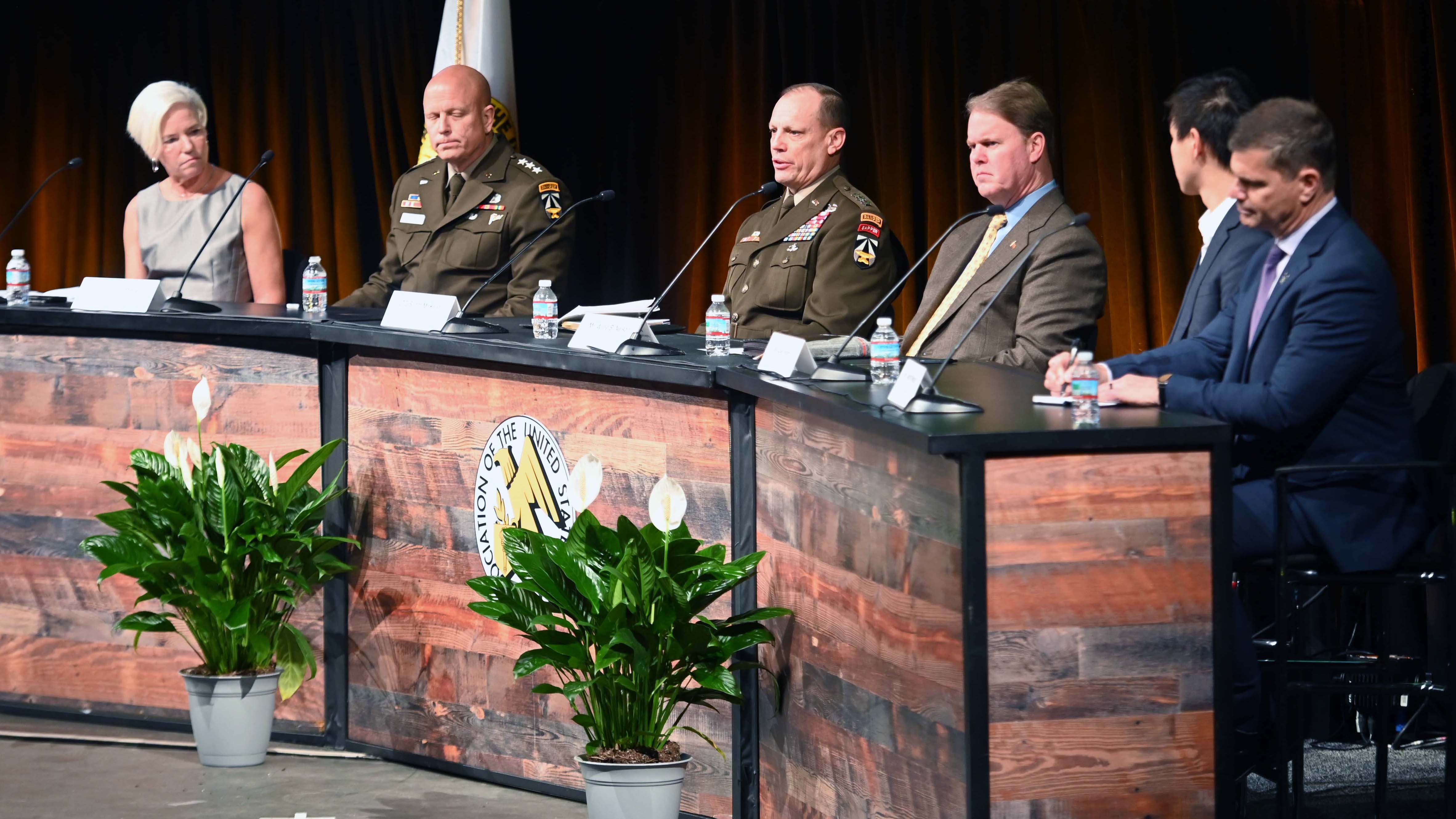
While autonomous capabilities are expected to be ubiquitous in the Army of 2040, it is unlikely that entire formations will be replaced by autonomous systems, Army Futures Command leaders said.
“As we have been studying this and war-gaming this, we believe human-machine integration will be at the core of our formations as we move forward,” Lt. Gen. Scott McKean, director of Army Futures Command’s Futures and Concepts Center, said March 28 at the Global Force Symposium and Exposition hosted by the Association of the U.S. Army in Huntsville, Alabama.
As the Army continues to transform for the future, it is looking to robots to carry out some of the dull and dangerous work now done by
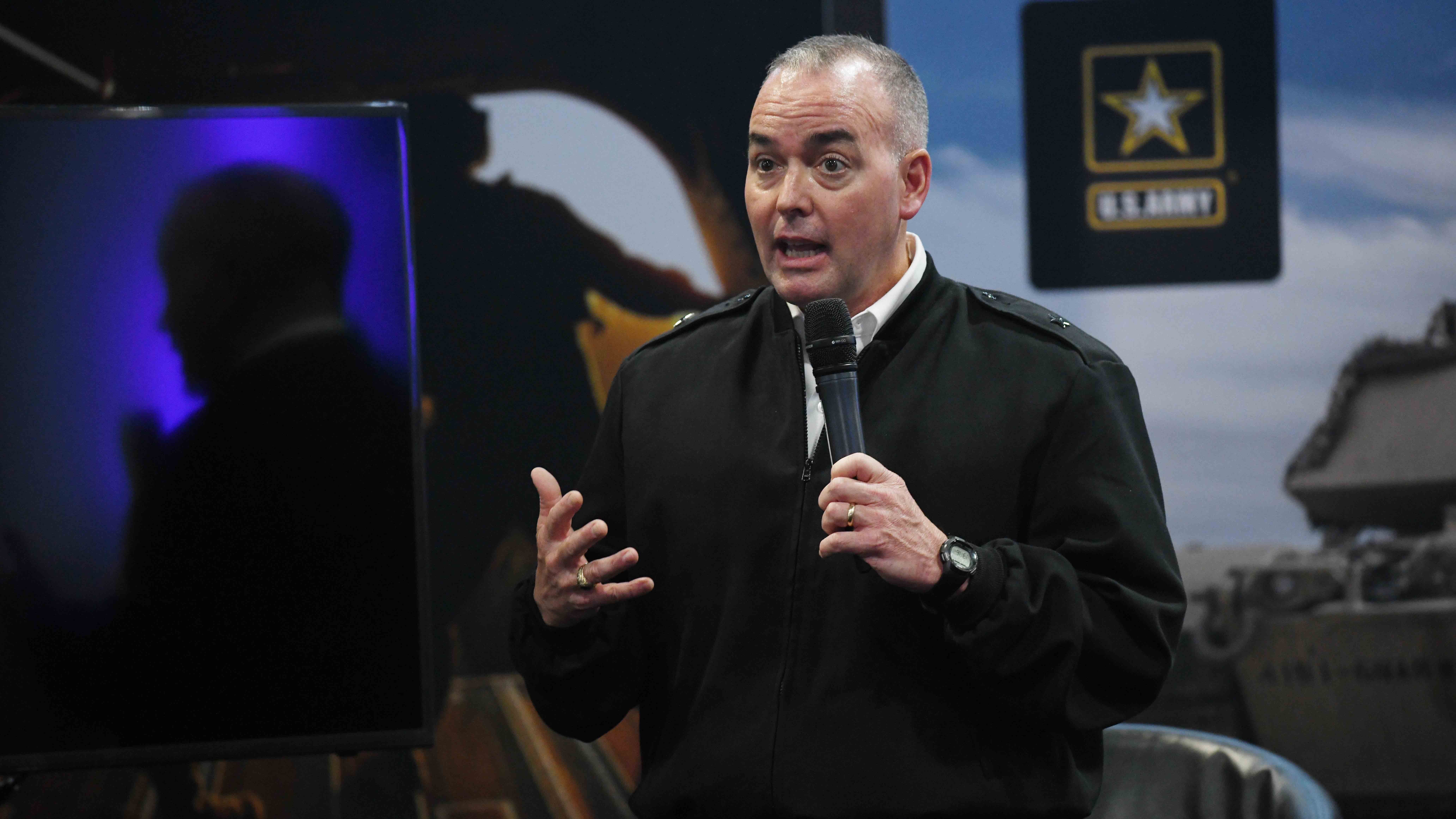
The Army’s cross-functional teams are expanding their partnerships as the service races to deliver on its sweeping modernization priorities, several team leaders said during a Warriors Corner presentation at the Association of the U.S. Army’s 2021 Annual Meeting and Exposition in Washington, D.C.
“We've been expanding our partnerships and team beyond where you might think we're narrowly focused,” said Brig. Gen. John Rafferty, director of the Long-Range Precision Fires Cross-Functional Team.
Radio nets are quiet as the task force commander monitors and adjusts planned actions from the assault position.
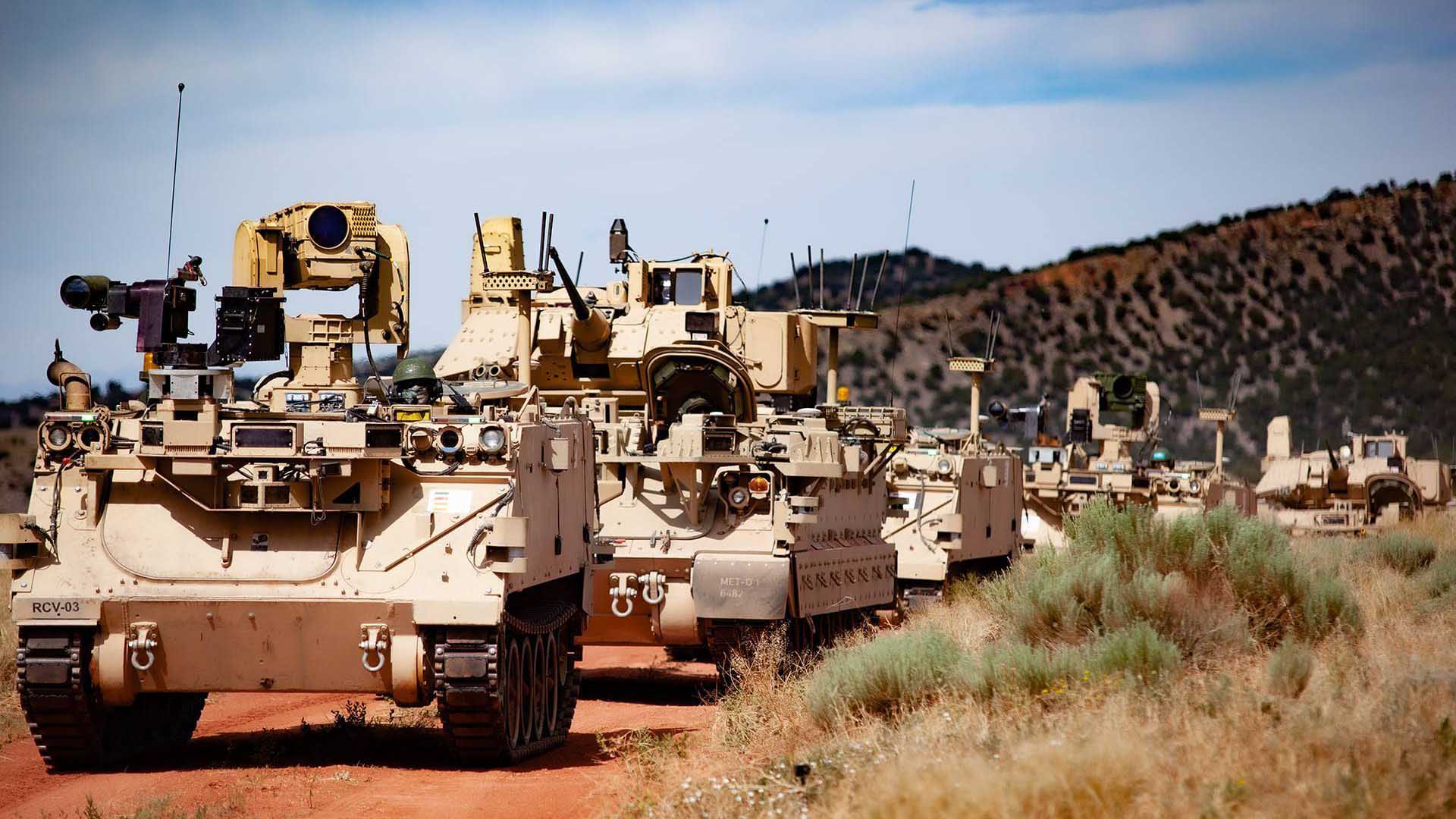
As the U.S. military continues to explore the use of artificial intelligence in weapons, efforts are underway to enact ethical principles that would bind their activity.
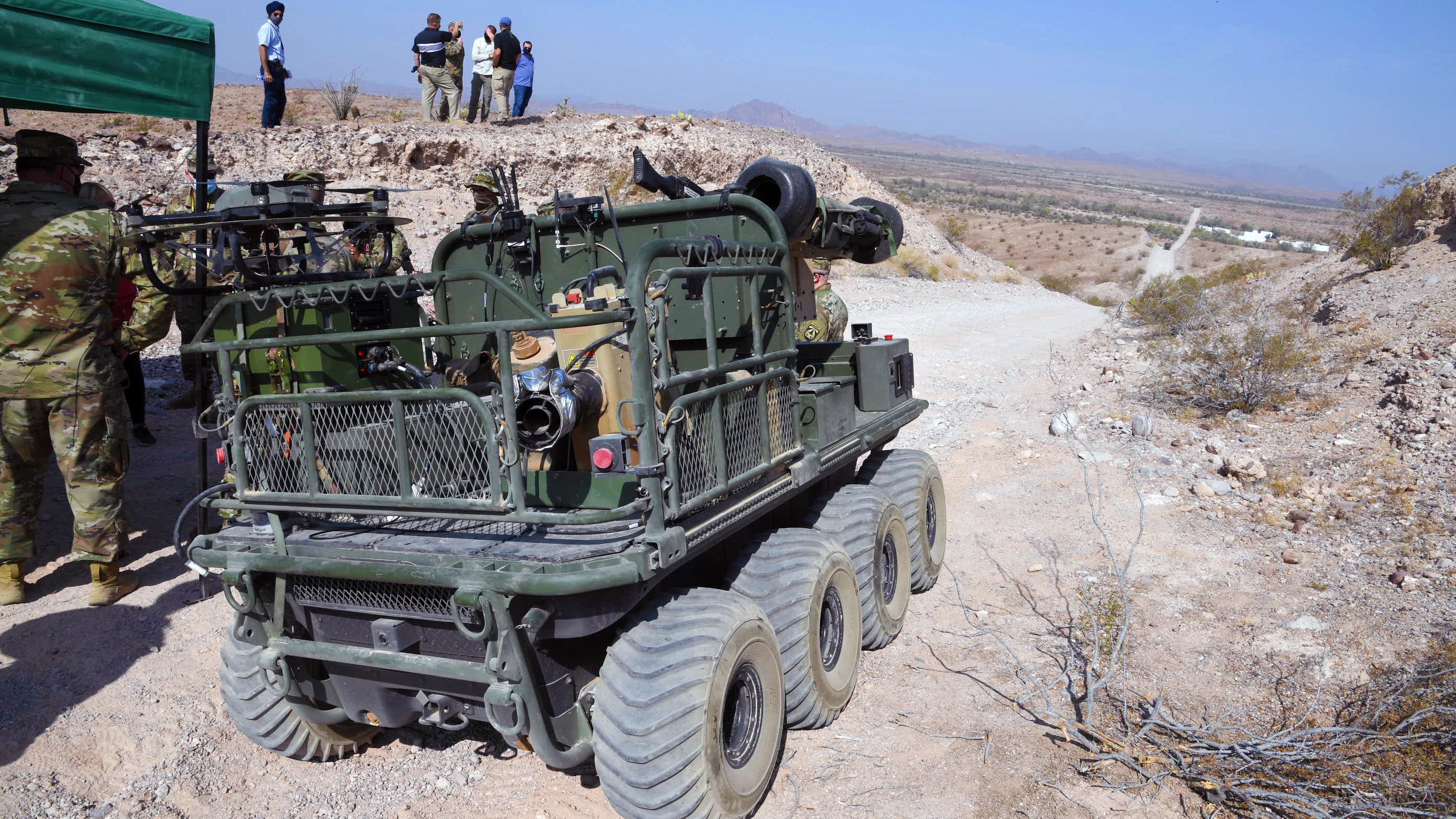
From artificial intelligence to robotics, the Army Combat Capabilities Development Command is busy turning science fiction into soldiers’ future capabilities, according to its commanding general.
Through Team Ignite, a collaborative effort with Army Futures Command’s Futures and Concepts Center, the command is helping shape concepts and capabilities for the future battlefield.
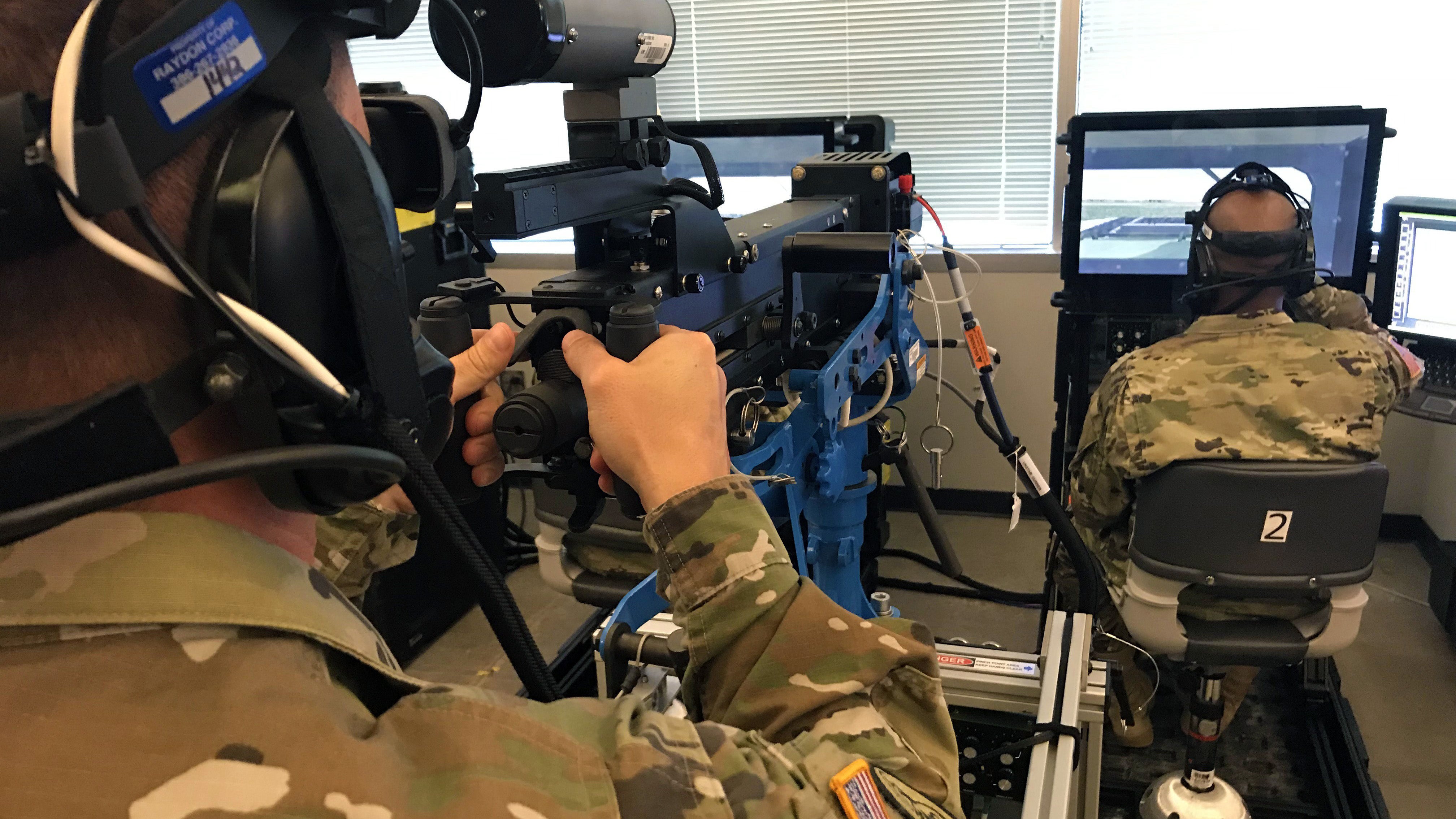
The Army’s plan to modernize close-combat training hinges on a dynamic virtual training environment that is interoperable, realistic and scalable across all domains.
It also must have software that is compatible with a common architecture and easily updated.
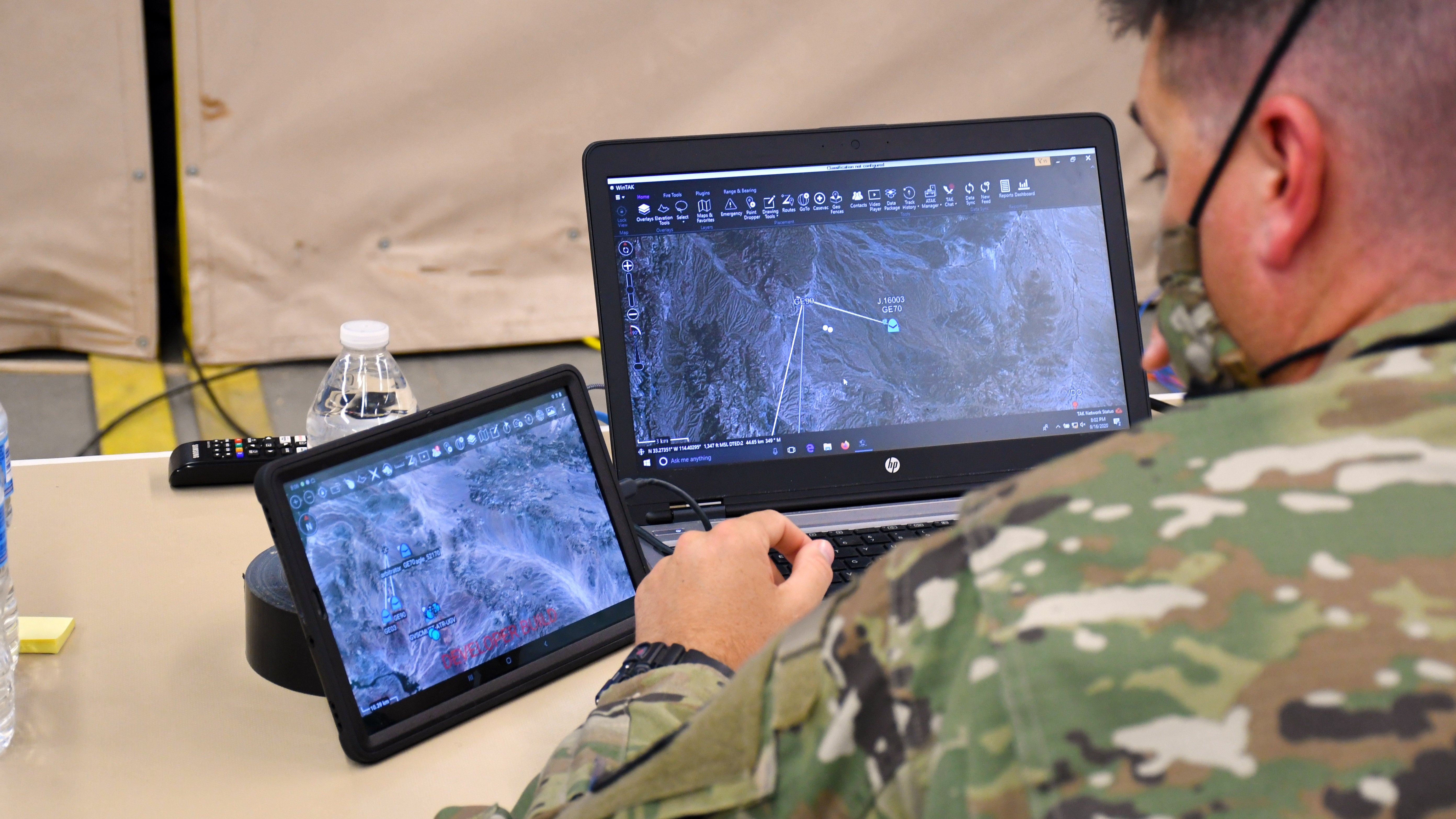
People are “more important than hardware” as artificial intelligence and machine learning lead the way toward more efficient information operations on the battlefield, according to a top general.
“It's the talented people that we have to help foster,” Army Gen. Richard Clarke, commanding general of U.S. Special Operations Command, said Dec. 7 while speaking with the Hudson Institute.
To become an “AI-ready workforce,” he said, DoD needs to invest in human capital—from interns to coders and data scientists.
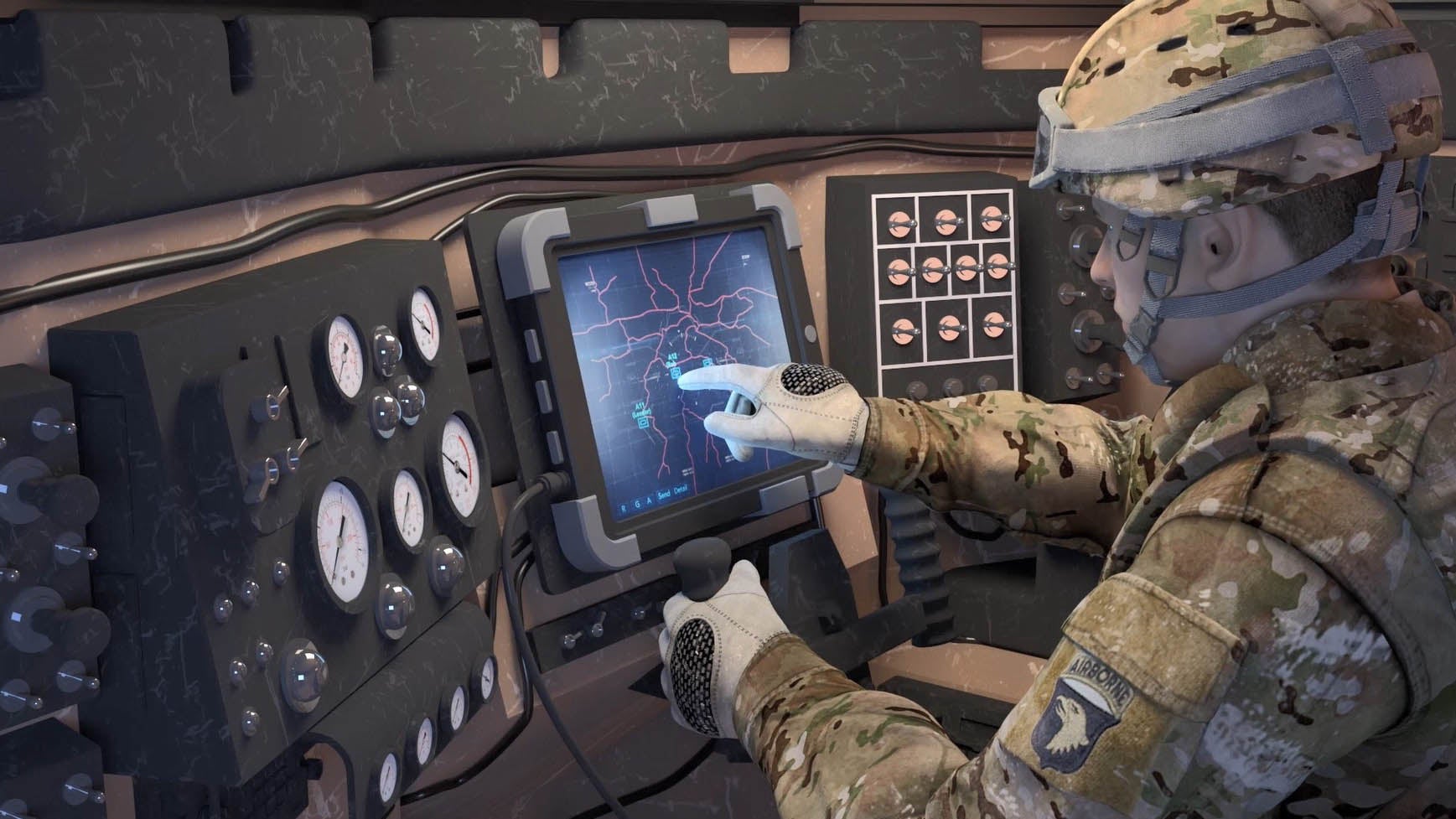
The rise of artificial intelligence and autonomous systems could make it more difficult for the U.S. Army and its allies to deter potential adversaries, according to a recent Rand Corp. report.
“Up to this point, deterrence has primarily involved humans attempting to affect the decision calculus and perceptions of other humans,” the report says. “But what happens when decision-making processes are no longer fully under the control of humans?”